What is a NCD or Non-Communicable disease?
Noncommunicable diseases (NCDs), also known as chronic diseases, are not passed from person to person. They are of long duration and generally slow progression. The 4 main types of noncommunicable diseases are cardiovascular diseases (like heart attacks and stroke), cancers, chronic respiratory diseases (such as chronic obstructed pulmonary disease and asthma) and diabetes.
NCDs already disproportionately affect low- and middle-income countries where nearly three quarters of NCD deaths – 28 million – occur.
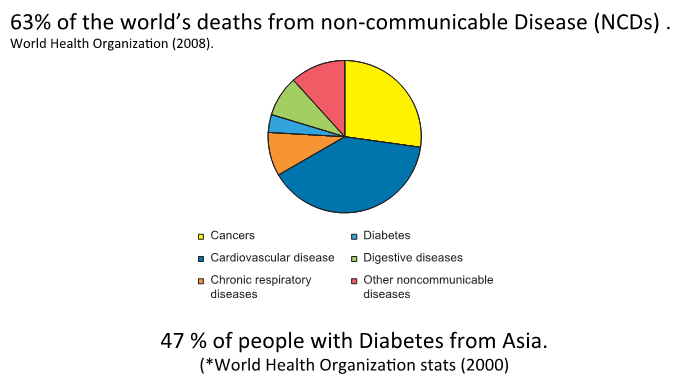
Chronic Respiratory Diseases basically mean failure of the lung. So in such cases the lungs need to be replaced or people require artificial lungs.
High Blood Pressure and Diabetes is one of the primary causes of kidney failure leading to the use of artificial kidneys which use high performance membranes.
Kidney Disease
Healthy kidneys:
- Regulate the body’s fluid levels
- Filter wastes and toxins from the blood
Every 30 minutes, your kidneys filter all the blood in your body, removing waste and excess fluid.
- Every year, kidney disease kills more people than breast or prostate cancer.
- 1 in 3 American adults is currently at risk for developing kidney disease.
- 26 million American adults have kidney disease — and most don’t know it.
- Every day in America, 13 people die waiting for a kidney transplant.
- 1 in 4 people in Japan suffer from Kidney Disease (2002 data).
- Nearly 300,000 people with late stage Kidney Disease in Japan underwent 12 hrs per week of haemodialysis, often for up to 4 years (2004), many for up to 20 years.
- In Japan the cost of treatment is nearly $3000 per month per person, so 10 Billion Dollars per year is spent on kidney dialysis treatment in Japan.
Chronic Respiratory Disease
- Chronic obstructive pulmonary disease (COPD) is a life-threatening lung disease that interferes with normal breathing.
- An estimated 64 million people had COPD worldwide in 2004.
- More than 3 million people died of COPD in 2005, which is equal to 5% of all deaths globally that year.
- Almost 90% of COPD deaths occur in low- and middle-income countries.
- The primary cause of COPD is tobacco smoke (through tobacco use or second-hand smoke or cooking fires).
- COPD is the 5th biggest killer worldwide. Every hour COPD is estimated to kill over 250 people worldwide.
SO. What how can membranes help these health problems?
What is a membrane?
In simplistic language
It is simply a surface with holes.
It separates, small and large things.
It can separate bacteria from drinking water.
It can also act as a way to exchange of gases in the blood.
It can separate urea from blood for diabetic patients.
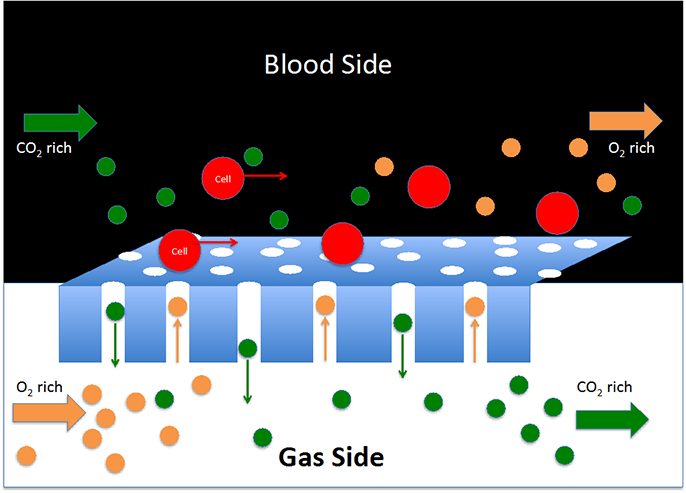
Basic idea of membranes
- If you want to transfer a lot of material from one side to the other then your need, a membrane with a lot of holes per unit area AND a lot of area.
- But sometimes you need to put all this area into a small volume. Its like rolling up the sheet of membranes and putting it into a can. So the most area you can pack into a small volume is important as well.
Membranes in biology
All the cells in our body are at work, and they receive energy and chemicals to work with. So they also make waste chemicals, such as carbon dioxide. That is funny to think that whilst we always blame the power stations for producing so much carbon dioxide, mammals are also quite responsible within for generating a lot of carbon dioxide and other waste gases. But that’s the Fart story (Onara story!)
Membranes play an important role in biology in serving as a gateway that permits the removal waste products and the entry of useful chemicals which energise us. This happens at the subcellular cellular level, in every cell in our body. Sometimes it happens at a larger scale, where specific organs in our body have a major role in separation. There are several classic places where this happens, the lungs and the kidney, liver, skin.
As we breath in, we take in air, mainly oxygen and nitrogen, into our lungs. The oxygen is transferred by highly efficient membranes, called Alvaeoli, into the blood stream, where it is taken up within blood cells, for further transportation within the entire body. At the same time, these blood cells give up carbon dioxide, the waste gas, which is a by-product of the various biochemical processes that used the original oxygen.
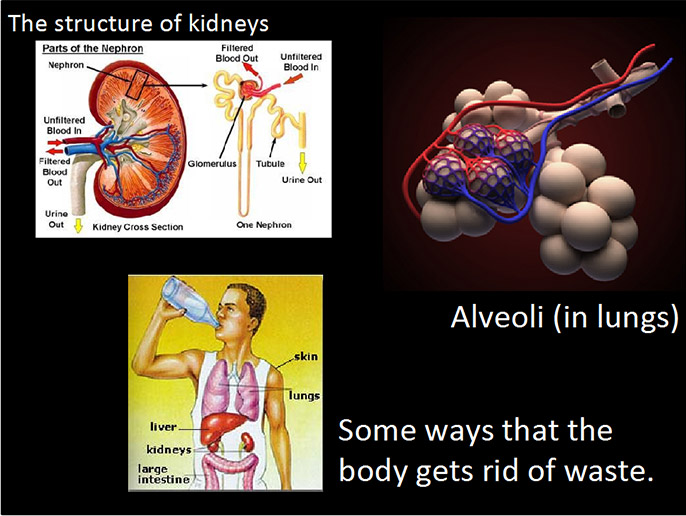
Some fun facts
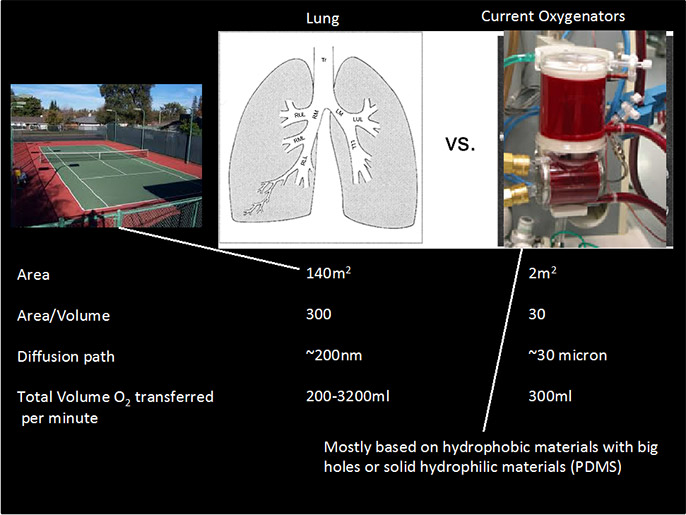
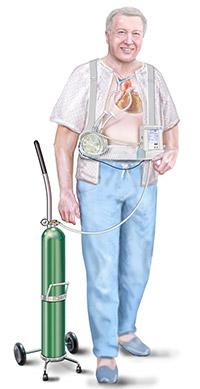 Did you know that the total area of the lungs is almost the same as a tennis court.
Did you know that the total area of the lungs is almost the same as a tennis court.
Its remarkable that this area is also captured in the small volume of the human chest area.
Normal synthetic membranes modules have much lower area to volume ratio. This means that you need to carry a really large membrane module around with you if you want to have a portable artificial lung.
So the aim for membrane scientists is to make membranes that can let gases like CO2 and O2 pass much faster to and from blood. Then the membrane modules can be smaller.
In fact the same kind of argument can be made for kidney dialysis membranes, where, if you can make the membranes small enough, they can be portable artificial kidneys, instead of having to go to the hospital everyweek to clean your blood of the waste products that the kidneys and livers normally deal with.






